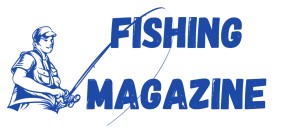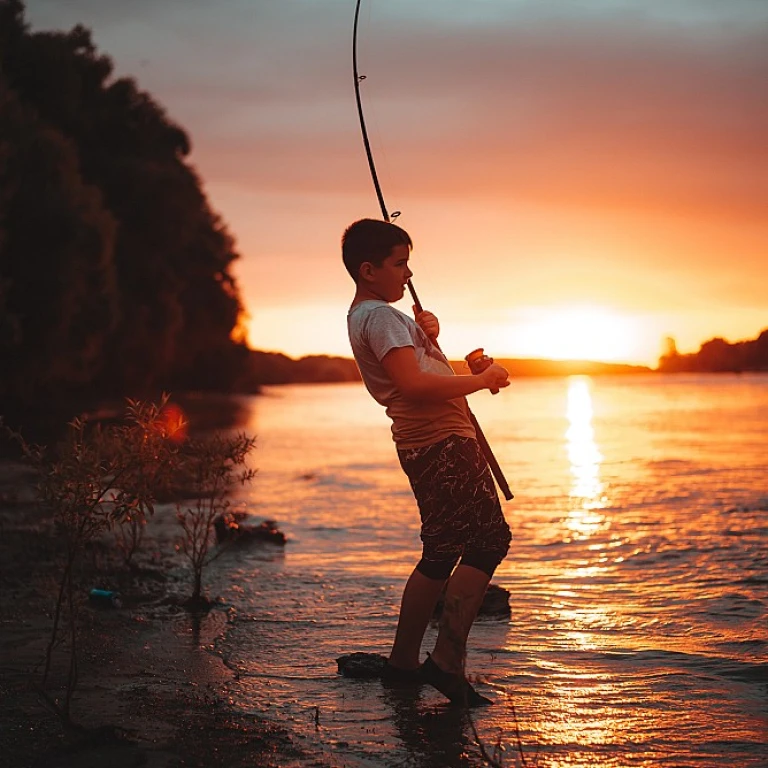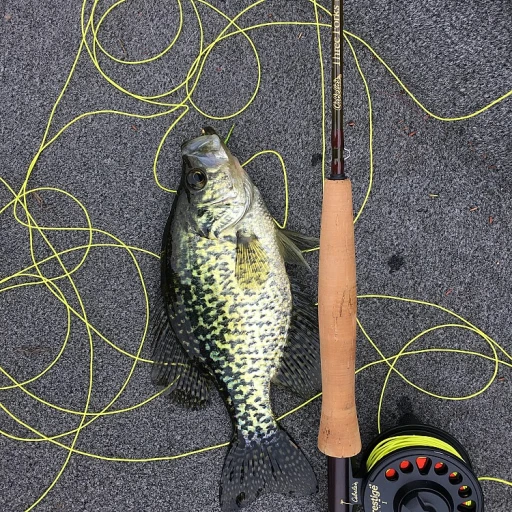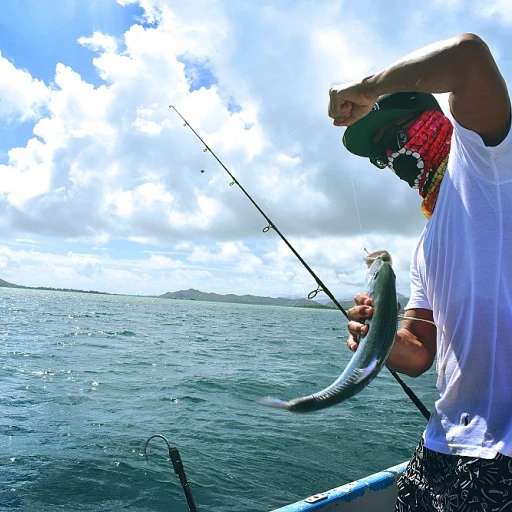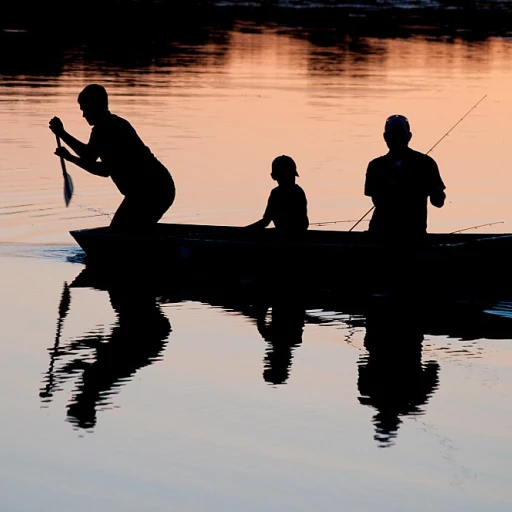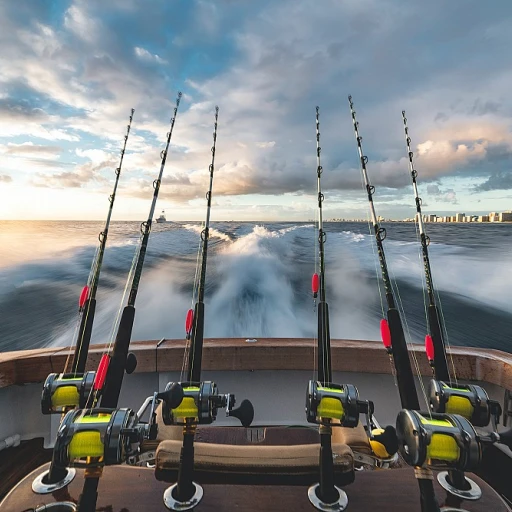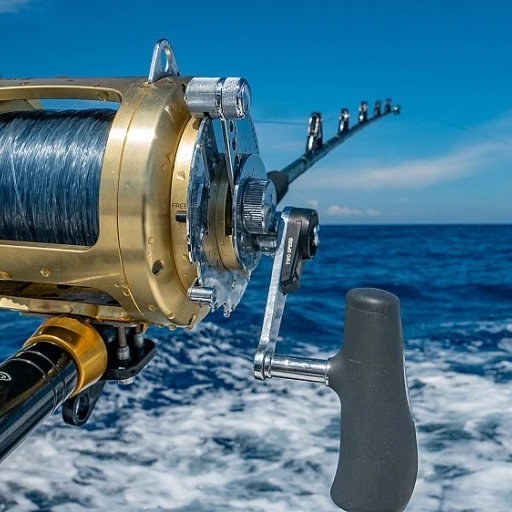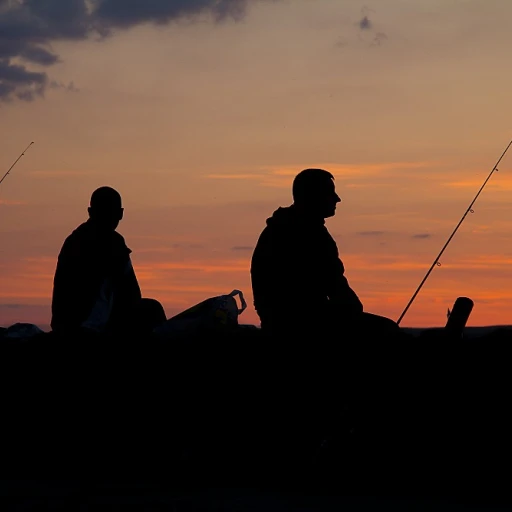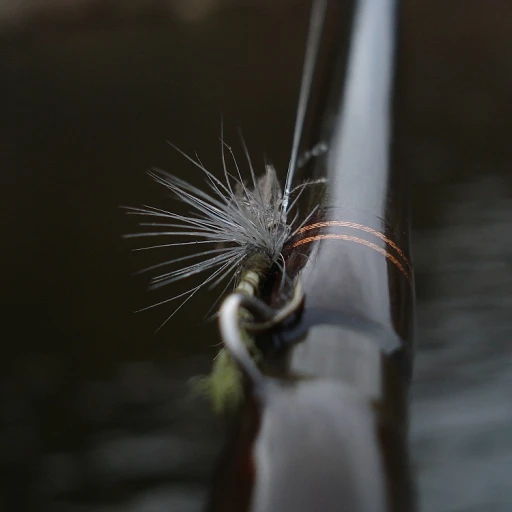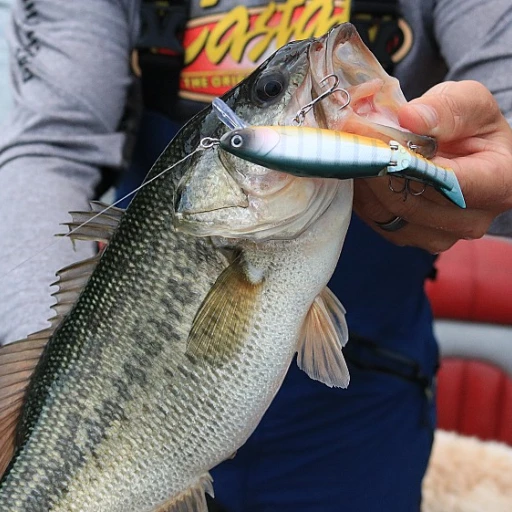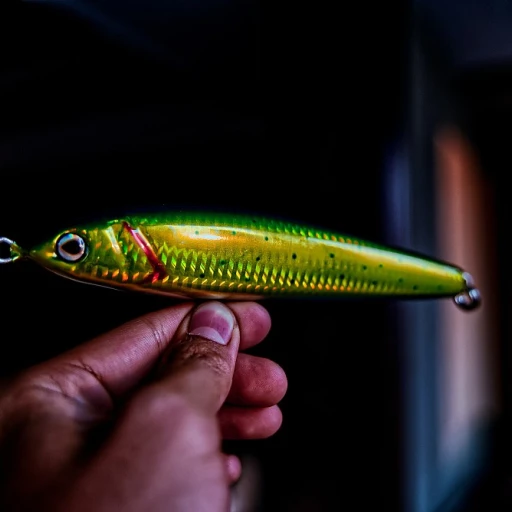
Historical Roots of Fly Fishing
The Origins of Fly Fishing: A Deep Dive into History
Fly fishing has long been a cherished pastime for anglers across the globe, its origins rooted deeply in history. Beginning as far back as the second century, this sport has undergone significant transformations over the centuries, much influenced by geographical contexts. Importantly, Europe and the United States have each played pivotal roles in shaping the sport. Brown trout, dry fly techniques, and artificial flies are all species and methods that developed from ancient practices. European fly fishers adopted methods suited to rivers and streams filled with diverse fish species like trout and salmon. Traditionally, fishing flies were meticulously tied by hand, a practice that continues among enthusiasts today. As fly fishing evolved, so did the craftsmanship of rods and the materials used. Early fly rods were made from natural materials. Over time, technological advancements have brought about modern fly rods built from graphite and fiberglass, which offer improved casting and flexibility. Meanwhile, across the Atlantic, the American fly fishing scene adapted these European traditions to suit its varied waters and species. The American anglers incorporated native fish species like large-mouth bass and sought to elevate fly fishing as both a recreational and competitive sport. Regions such as the United States boasted picturesque spots like Boysen Reservoir in Wyoming, which provided ideal settings for fly fishers to hone their craft while enjoying nature’s tranquility. Boysen Reservoir in Wyoming remains a testament to this rich historical backdrop. The history of fly fishing is not just about tackle and techniques but also about cultural exchanges and the shared passion among anglers. These historical roots have set the stage for diverse modern practices that anglers enjoy today, providing a foundation that blends traditional methods with contemporary innovations.Techniques and Styles
Distinctive Casting Styles and Techniques
Fly fishing across the Atlantic showcases a fascinating array of techniques and styles that have evolved over the centuries. In the United States, fly fishers often favor a more dynamic style, focusing on species like trout and bass in diverse waters. American anglers may prefer using dry flies for a more visual and thrilling experience on streams and rivers, aiming for the surface-based strikes of fish, which can be particularly exciting when targeting species like brown trout. On the other side of the Atlantic, European fly fishers have developed unique techniques tailored to their local waters and fish species. The Euro-nymphing technique, for instance, has gained popularity for its effectiveness in catching trout in fast-flowing rivers where traditional dry fly methods might not perform as well. This method often uses longer rods and heavier flies, allowing anglers to reach the deeper pockets where fish such as salmon may reside. Furthermore, the choice of casting style often reflects the water conditions and targeted species. In America, the Spey casting technique, with its roots in Scotland, is widely practiced and adapted for large rivers where long casts are necessary to reach the far bank. Such techniques require specific equipment preferences, notably the use of longer fly rods and specialized lines. Ultimately, these varied techniques and styles contribute to the art and enjoyment of recreational fly fishing, allowing anglers to tailor their approach to the demands of their chosen fishing locations and species. Setting aside time to master these diverse techniques can greatly enhance an angler's experience and success in the sport. Exploring different regions’ fishing techniques can also lead to a greater appreciation of the cultural influences on these methods. For more insights into enhancing your fly fishing adventures, consider exploring more about choosing the right gear for different fishing conditions.Equipment Preferences
Preferred Gear and Tackle: Divergence Across Borders
Fly fishing gear is an essential component of the sport, bridging the gap between tradition and modern innovation. The preferences of anglers on either side of the Atlantic are reflective of their unique environments and cultural heritage, as explored in earlier sections. While fly fishing techniques have evolved over time, the equipment holds equal importance. The fly rod, for instance, is a staple for both European and American anglers, but they often have distinct preferences when it comes to rod action and material. The typical American fly fisher might lean towards multi-purpose rods known for their strength, able to handle diverse conditions from the fast-flowing rivers to tranquil lakes. Meanwhile, European anglers may opt for lighter rods, focusing on precision for dry fly fishing in their legendary chalk streams. The choice of artificial flies also highlights the differences. In North America, fly fishers often emphasize adapting to diverse species such as trout and salmon. Thus, their selection of fishing flies is broad, with a focus on imitation representing local insect life. European anglers, on the other hand, may prioritize specific flies that mirror the staple insects of their native waters. Speaking of tackle boxes, the European fly anglers have a penchant for more minimalist kits emphasizing refined presentation. Conversely, American sport anglers tend to carry a richer assortment, ready for an array of fishing expeditions across varying habitats. It's undeniable that these preferences impact the way anglers approach their passion for fly fishing. In many cases, these differences in gear and tackle choices are adaptations to the challenges and traditions seen throughout the centuries. If you're looking to stay updated on how ice fishing gear trends affect the field, consider enhancing your ice fishing experience with a cordless drill ice auger.Popular Fishing Locations
Iconic Waters and Their Allure for Anglers
While fly fishing can be undertaken in various water bodies, certain locations have captured the imagination of anglers on both sides of the Atlantic. Each place, often steeped in history, offers unique opportunities for those pursuing their sport. Across the United States, the Rocky Mountains stand out. Known especially for trout fishing, rivers such as the Yellowstone and Madison are famous for their accessibility to both novice and seasoned fly fishers. With their crystal-clear waters, these rivers are ideal for practicing dry fly techniques and are frequently visited by American anglers. On the other hand, in the UK and other parts of Europe, rivers like the River Spey in Scotland are legendary among fly fishermen. Known for its challenging currents and storied history, it's most famous for spey casting, a technique developed at this very location, which is particularly effective for catching the powerful Atlantic salmon. The allure of these places lies not only in the species they harbor but also in the vibrant cultural backdrop they provide. Rivers like the Test in England have been associated with fly fishing since the 19th century, drawing fly fishers from around the world who seek to cast in these hallowed waters. Exploration of such locations is inexorably tied to the techniques and styles one can observe and adopt from local anglers. Whether it’s the precision needed in fishing flies selection in the United States or mastering the art of casting with longer rods in Europe, each destination offers fresh challenges and the promise of innovation in the face of age-old traditions.Cultural Influences on Fly Fishing
Influence of Culture on Fly Fishing Practices
Fly fishing is not just a sport; it's a cultural tapestry woven with threads from both sides of the Atlantic. The cultural influences on fly fishing are as diverse as the waters where anglers cast their lines. In the United States, fly fishing has evolved into a pastime that blends tradition with innovation, reflecting the country's pioneering spirit. American fly fishers often embrace modern fly techniques, utilizing advanced fly rods and artificial flies to enhance their experience.
Across the Atlantic, in the United Kingdom and other parts of Europe, fly fishing retains a more traditional flavor. The art of fly tying and the use of classic dry flies are cherished practices, passed down through generations. Here, the focus is often on the elegance of the cast and the subtlety of the presentation, particularly when targeting species like brown trout and salmon in historic rivers.
These cultural differences also extend to the types of water preferred by anglers. In the United States, the vastness of the landscape offers a variety of fishing locations, from the swift rivers of the Rockies to the serene lakes of the Midwest. European anglers, meanwhile, often fish in more intimate settings, such as the chalk streams of England or the scenic rivers of Scotland.
Moreover, the cultural significance of fly fishing is reflected in the communal aspect of the sport. In America, fly fishing events and clubs foster a sense of community among anglers, promoting knowledge sharing and camaraderie. In Europe, fly fishing is often seen as a solitary pursuit, a time for reflection and connection with nature.
As fly fishing continues to evolve, these cultural influences shape not only the techniques and equipment used but also the very essence of the sport itself. Whether casting a fly in the United States or Europe, the cultural heritage of fly fishing enriches the experience, making it a truly global pastime.
Challenges and Innovations
Adapting to the Contemporary Fly Fishing Landscape
As fly fishing evolves, enthusiasts face several challenges and innovations that significantly impact their techniques and experiences. The fluctuating climates and water conditions directly influence the behavior of fish species such as trout and salmon. This necessitates a targeted approach for dedicated anglers, as the changing environment affects the habitat and feeding patterns of their quarry.
Modern fly fishing demands an adaptive approach, where anglers continually refine their skills. The sport's longstanding techniques, like the use of dry flies to mimic natural prey, meet technological advancements that redefine equipment and methodologies. Fly tying, for instance, is a creative component of the craft, where artificial flies are tailored to local fish behavior. For both seasoned fly fishers and newcomers, understanding the ecological balance of the rivers and streams is key.
The proliferation of high-performance rods provides anglers with improved control and casting capabilities. Similarly, the development of specialized tackle and equipment, from ergonomic fly rods to cutting-edge reels, supports the pursuit of various fish species across diverse water bodies. Consequently, fly fishermen are constantly learning, incorporating both traditional methods and new innovations to elevate their angling finesse.
Cultural shifts and the globalization of fly fishing have made it prominent across the Atlantic, introducing fresh perspectives and regional nuances. The American fly fishing scene, particularly active in the United States, stands as an exemplar of the sport’s modern evolution, influencing global trends.
Despite the challenges presented by environmental factors, the passion for the sport fosters an enduring community among fly anglers. As they share their skills and knowledge, the timeless appeal of fly fishing remains a source of enjoyment and adventure, whether seeking elusive brown trout in a tranquil river or experimenting with fly patterns in unpredictable waters.
